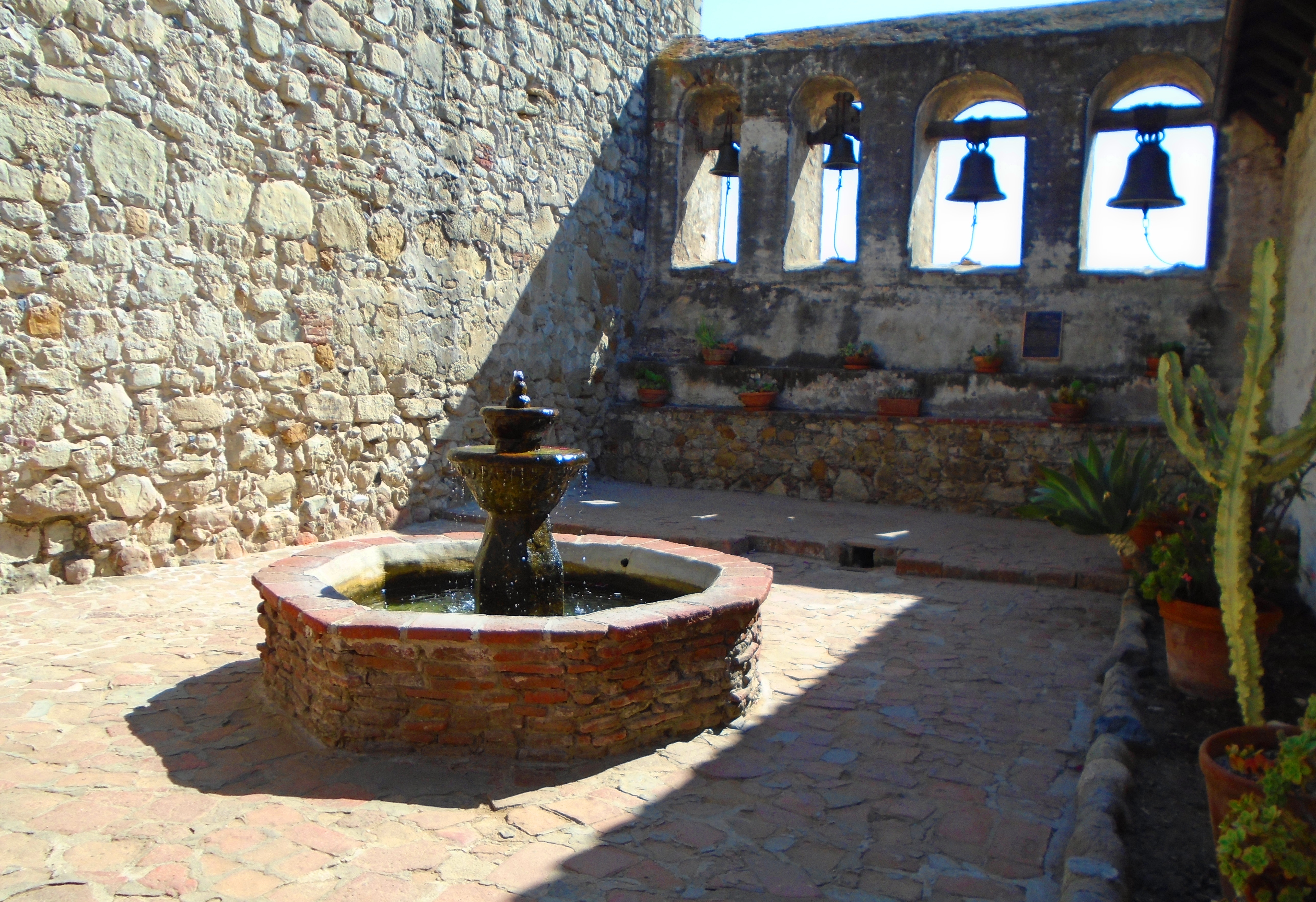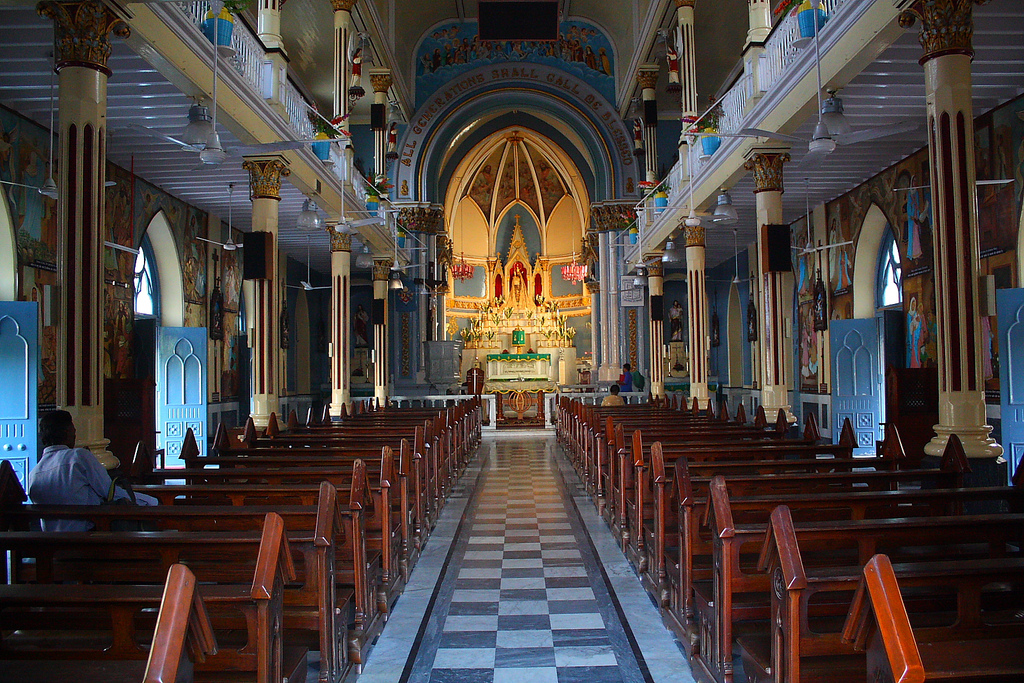|
Mannat
In the Indian subcontinent, ''mannat'' ( hi, मन्नत, ur, منّت) is a wish that one desires to come to fruition, and it may also refer to the vow one makes and fulfils to one or more gods, or a saint after the wish comes true. The word comes from the Persian language in which ''mannat'' (منّت), means "grace, favour, or praise". The word was first used at ''dargahs'', Sufi Islamic shrines of deceased ''fakirs''. South Asians often make religious tours to places of worship that are associated with the fulfillment of one's ''mannat''; while these tomb sites have a certain religious affiliation, often people of other faiths also visit them, reflecting a composite culture in south Asia. Devotees make a promise to do good works when their mannat is fulfilled, such as donating food at the place of worship, giving alms to the poor, resolving to pray every day etc. Examples of mannat asked for at various religious sites include childless couples praying for a baby, wom ... [...More Info...] [...Related Items...] OR: [Wikipedia] [Google] [Baidu] |
Alms
Alms (, ) are money, food, or other material goods donated to people living in poverty. Providing alms is often considered an act of virtue or Charity (practice), charity. The act of providing alms is called almsgiving, and it is a widespread practice in a number of different religions and cultures. Etymology The word ''alms'' comes from the Old English ', ', which comes from Late Latin ', from Greek language, Greek ' ("pity, alms"), from , ' ("merciful"), from , ', meaning "pity or mercy". Buddhism ''Dāna'' in Buddhism In Buddhism, both "almsgiving" and "giving" are called "Dana (Buddhism), dāna" (Pāli). Such giving is one of the three elements of the path of practice as formulated by the Gautama Buddha, Buddha for Householder (Buddhism), laypeople. This path of practice for laypeople is Dana (Buddhism), dāna, Śīla, sīla, and Bhavana, bhāvanā. Generosity towards other sentient beings is also emphasized in Mahayana as one of the perfections (paramita). As sho ... [...More Info...] [...Related Items...] OR: [Wikipedia] [Google] [Baidu] |
Sacred Garden
A sacred garden is a religiously influenced garden, often found on temple grounds. Overview Religion has been an important influence on garden design. Temple gardens were made in Mesopotamia and ancient Egypt. Sacred groves were made in ancient India, Greece, Rome, China and Japan. Sacred trees were important in Celtic and Germanic Europe and still are important in India. Many groves or forests were sacred in ancient India and continue to be so in modern Hindu worship. Buddhism had a significant influence on garden design, with the Zen gardens of China and Japan as famous examples. In Christianity, particularly Catholicism and Anglicanism, Mary gardens are common among churches and institutions. The practise of creating sacred gardens is re-invigorated and adapted for modern times in the ''Ringing Cedars'' series of books by Russian author Vladimir Megre. See also * List of plants for Biblical gardens *List of garden types A wide range of garden types exist. Below is a l ... [...More Info...] [...Related Items...] OR: [Wikipedia] [Google] [Baidu] |
Sacred Groves
Sacred groves or sacred woods are groves of trees and have special religious importance within a particular culture. Sacred groves feature in various cultures throughout the world. They were important features of the mythological landscape and cult practice of Celtic, Estonian, Baltic, Germanic, ancient Greek, Near Eastern, Roman, and Slavic polytheism; they also occur in locations such as India, Japan ( sacred shrine forests), West Africa and Ethiopia ( church forests). Examples of sacred groves include the Greco-Roman ''temenos'', various Germanic words for sacred groves, and the Celtic ''nemeton'', which was largely but not exclusively associated with Druidic practice. During the Northern Crusades of the Middle Ages, conquering Christians commonly built churches on the sites of sacred groves. The Lakota and various other North American tribes regard particular forests or other natural landmarks as sacred places. Singular trees which a community deems to hold religious ... [...More Info...] [...Related Items...] OR: [Wikipedia] [Google] [Baidu] |
Nature Spirits
Animism (from Latin: ' meaning 'breath, Soul, spirit, life') is the belief that objects, places, and creatures all possess a distinct Spirituality, spiritual essence. Potentially, animism perceives all things—Animal, animals, Plant, plants, Rock (geology), rocks, River, rivers, Weather, weather systems, human handiwork, and perhaps even Word, words—as animated and alive. Animism is used in the anthropology of religion, as a term for the Belief, belief system of many Indigenous peoples, especially in contrast to the relatively more recent development of organized religions. Animism focuses on the Metaphysics, metaphysical universe, with a specific focus on the concept of the immaterial soul. Although each culture has its own mythologies and rituals, animism is said to describe the most common, foundational thread of indigenous peoples' "spiritual" or "supernatural" perspectives. The animistic perspective is so widely held and inherent to most indigenous peoples, that they ofte ... [...More Info...] [...Related Items...] OR: [Wikipedia] [Google] [Baidu] |
Penske Media Corporation
Penske Media Corporation (PMC) () is an American digital media, publishing, and information services company based in Los Angeles and New York City. It publishes more than 20 digital and print brands, including ''Variety'', ''Rolling Stone'', '' WWD'', ''Deadline Hollywood'', '' Billboard'', ''Boy Genius Report'', Robb Report, ''Artforum'', ''ARTNews'', and others. PMC's Chairman and CEO since founding is Jay Penske. History Founding and early years of Penske Media Penske Media Corporation was founded by Jay Penske in 2003. It began as an affinity marketing and internet services company called Velocity Services, Inc. The company acquired the Mail.com domain and was renamed to the Mail.com Media Corporation (MMC). By 2008, the company owned digital entertainment properties like OnCars.com, Hollywoodlife.com, ''Movieline'', and MailTimes in addition to operating the Mail.com portal and email service. In mid-2008, the company received a $35 million growth equity round of financin ... [...More Info...] [...Related Items...] OR: [Wikipedia] [Google] [Baidu] |
Siddhivinayak Temple, Mumbai
The Shree Siddhivinayak Ganapati Mandir is a Hindu temple dedicated to Lord Shri Ganesh. It is located in Prabhadevi, Mumbai, Maharashtra, India. It was originally built by Laxman Vithu and Deubai Patil on 19 November 1801. It is one of the richest temples in India. The temple has a small mandap with the shrine for Siddhi Vinayak ("Ganesha who grants your wish"). The wooden doors to the sanctum are carved with images of the Ashtavinayak (the eight manifestations of Ganesha in Maharashtra). The inner roof of the sanctum is plated with gold, and the central statue is of Ganesha. In the periphery, there is a Hanuman temple as well. The exterior of the temple consists of a dome which is lit up with multiple colors in the evenings and they keep changing every few hours. The statue of Shri Ganesha is located exactly under the dome. The pillars are carved out with the images of ashtvinayak. Importance and status In the later half of the twentieth century the Siddhivinayak Mandir ... [...More Info...] [...Related Items...] OR: [Wikipedia] [Google] [Baidu] |
Shrine Of Baba Farid
The Shrine of Baba Farid ( Punjabi and ur, بابا فرید درگاہ) is a 13th-century Sufi shrine located in Pakpattan, Pakistan, that is dedicated to the Sufi mystic Fariduddin Ganjshakar, popularly known as Baba Farid. The shrine is one of the most important in Pakistan, and was among the first Islamic holy sites in South Asia – providing the region's Muslims a local focus for devotion. The shrine is also revered by Sikhs, who include Baba Farid's poetry into the Guru Granth Sahib – regarded by Sikhs to be the eternal Guru. The shrine played a central role in the conversion of locals to Islam over the course of several centuries. Chiefs of the highly revered shrine once controlled a politically autonomous state that was defended by soldiers drawn from local clans that pledged loyalty to the shrine and descendants of Baba Farid. Today the shrine is considered to be the most significant in Punjab, and attracts up to two million visitors to its annual ''urs'' festival. ... [...More Info...] [...Related Items...] OR: [Wikipedia] [Google] [Baidu] |
Pakka Pul Pir
Pakka Pul Pir / Pakke Pul Wali is a Dargah located in Madhuban Karnal Haryana. This Dargah has five Mazar (mausoleum), mazars, namely Ilahi Bakhsh and the other 4 mazars of Mohmmad Ali, Bahadur Khan Durrani, Sabal Singh Bawri and Kesar Mal Singh Bawri. References Dargahs in India {{India-religious-struct-stub ... [...More Info...] [...Related Items...] OR: [Wikipedia] [Google] [Baidu] |
Imambaras Of Lucknow
Lucknow is a city of imambaras as it has a large number of imambaras among which are some very famous. Lucknow the center of Azadari in India Lucknow is the center of Azadari in India because of the large number of Imambaras in the city. There are multiple replicas of every holy shia shrine which reflects the efforts of the Nawabs of Awadh (Oudh) to promote Azadari in the Indian sub-continent. Lucknow holds the privilege of holding the Shabi-e-Rauza (Replicas of the original Shrines or Tombs) of all the Members of Muhammad's family, collectively known as Ahlebait. Not only the Nawabs but also the noble men and the locals built the Shrines(Shabi-e-Rauza) of Ahlebait in Lucknow. These shrines were built for the people who were unable to visit the original Shrines in the Middle East region. Imambara An "Imambara" or an "Imambargah" means (House of Imam or Court of Imam); this word is a North Indian origin. An Imambara is also known as Hussaniya, Ashoor Khana. An Imambara is ... [...More Info...] [...Related Items...] OR: [Wikipedia] [Google] [Baidu] |
Bombay (Mumbai)
Mumbai (, ; also known as Bombay — the official name until 1995) is the capital city of the Indian state of Maharashtra and the ''de facto'' financial centre of India. According to the United Nations, as of 2018, Mumbai is the second-most populous city in India after Delhi and the eighth-most populous city in the world with a population of roughly 20 million (2 crore). As per the Indian government population census of 2011, Mumbai was the most populous city in India with an estimated city proper population of 12.5 million (1.25 crore) living under the Brihanmumbai Municipal Corporation. Mumbai is the centre of the Mumbai Metropolitan Region, the sixth most populous metropolitan area in the world with a population of over 23 million (2.3 crore). Mumbai lies on the Konkan coast on the west coast of India and has a deep natural harbour. In 2008, Mumbai was named an alpha world city. It has the highest number of millionaires and billionaires among all cities in I ... [...More Info...] [...Related Items...] OR: [Wikipedia] [Google] [Baidu] |
Basilica Of Our Lady Of The Mount, Bandra
Officially the Basilica of Our Lady of the Mount Bandra, colloquially known as Mount Bandra and Mount St Mary Church, is a basilica of the Catholic Church in India located at Bandra in Bombay (Mumbai). The shrine celebrates the festival commemorating the nativity of the Blessed Virgin Mary or Marymas, also called the Bandra Fest on the 8th of September. The annual feast is followed by a week-long fete known in the Konkan region as the "Bandra fair", which is visited by lakhs of tourists and pilgrims every year. Pope Pius XII granted a decree of pontifical coronation to its venerated Marian icon on 21 October 1954, signed and notarised by Cardinal Giovanni Battista Montini of the Sacred Congregation of Rites. The image of the Madonna and Child was formally crowned on 5 December 1954, by the former Archbishop of Bombay, Cardinal Valerian Gracias. The Basilica The basilica stands on a hillock, about 80 metres above sea level overlooking the Arabian Sea. It draws lakhs of d ... [...More Info...] [...Related Items...] OR: [Wikipedia] [Google] [Baidu] |







